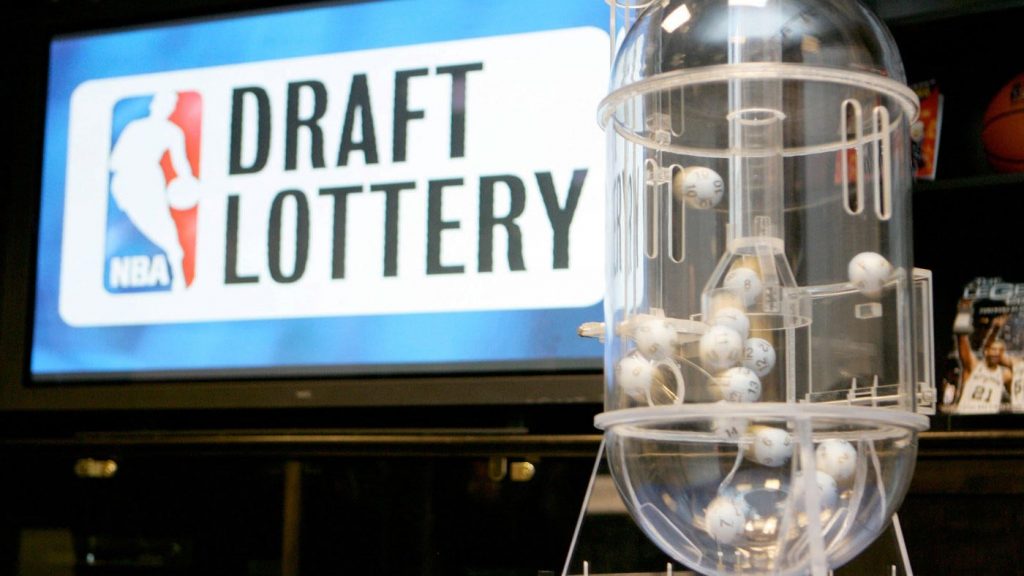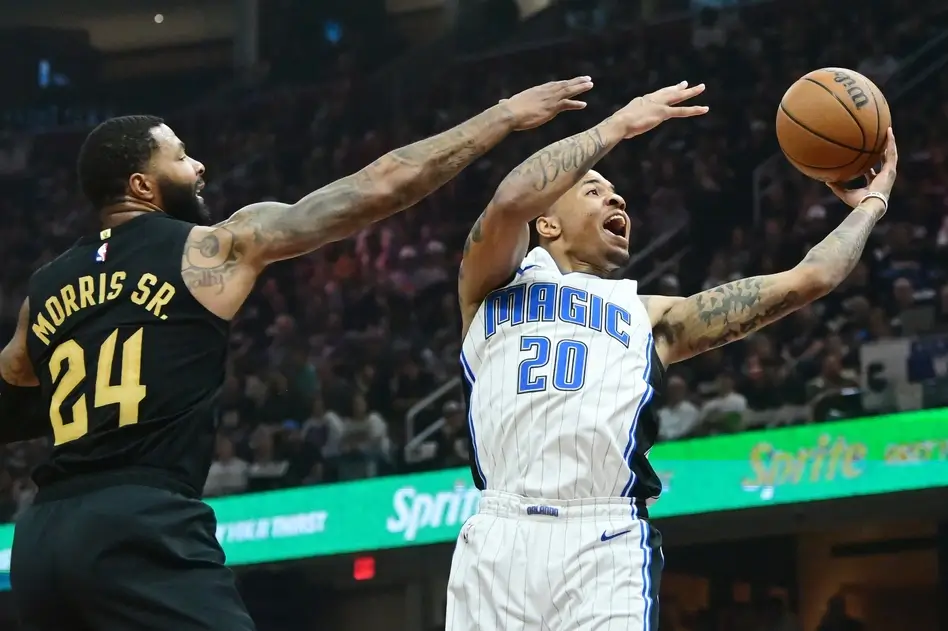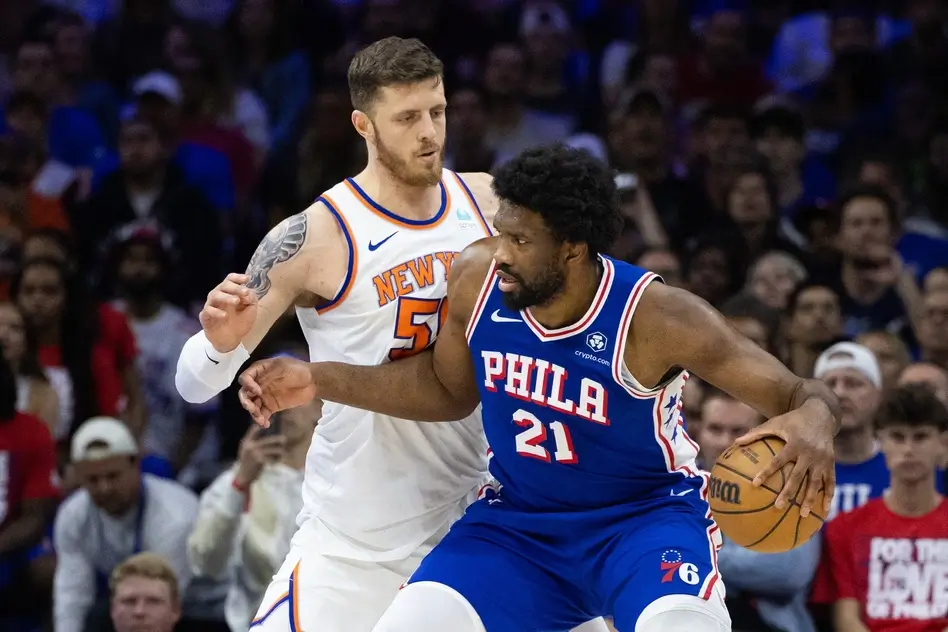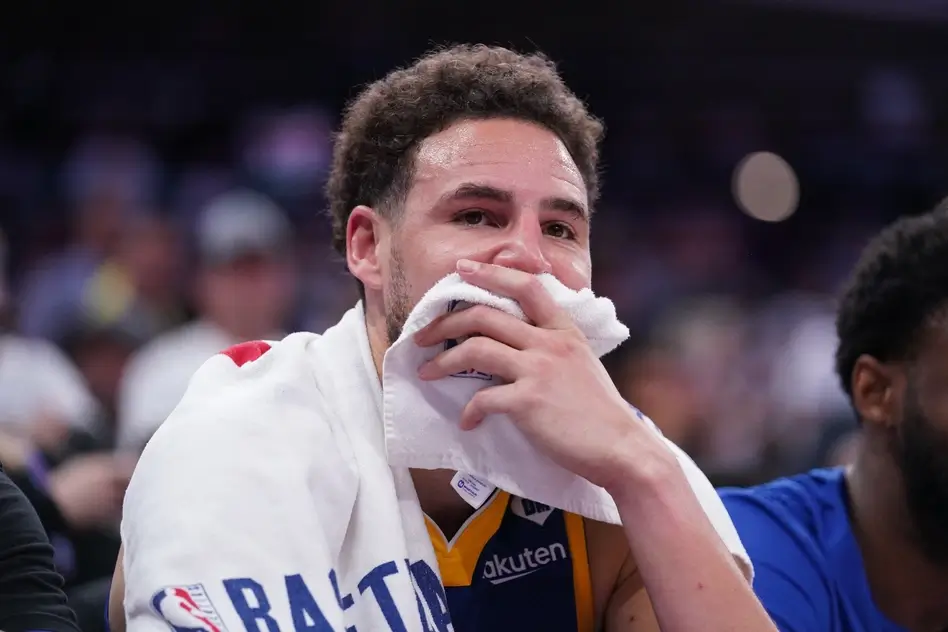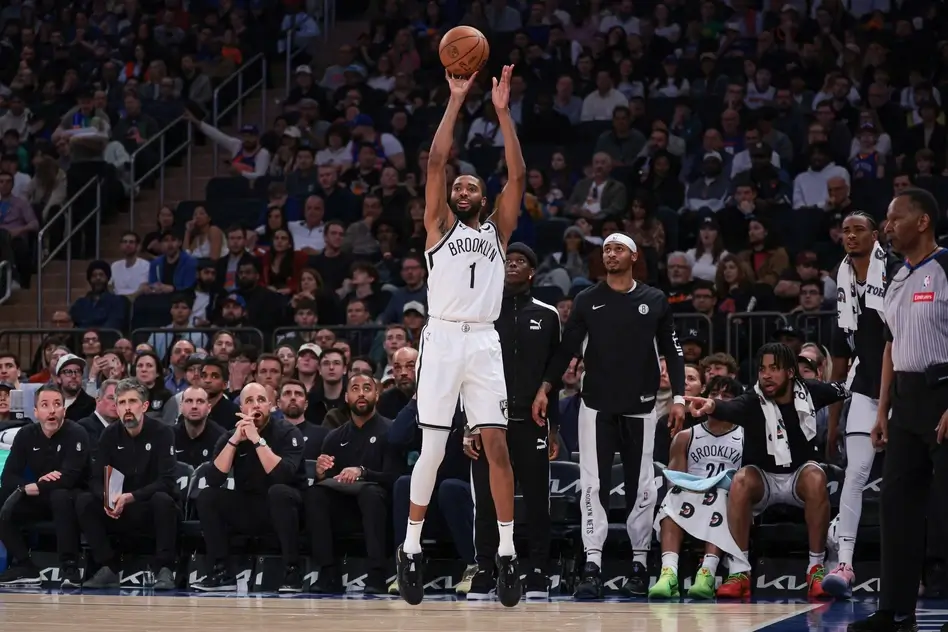Every year, the NBA conducts a lottery to determine the order of picks in the NBA draft. The 14 teams that did not make the playoffs will participate in the lottery.
The NBA draft lottery odds are based on the win-loss record of participating teams. The three teams who have the worst regular-season records will each get a 14% chance of winning the lottery.
Now, let’s go a deeper dive into explaining the NBA draft lottery—how it works, why it exists, and what are the lottery odds.
How does the NBA draft lottery work?
There are 14 ping pong balls labelled with numbers 1-14 which will be placed in a lottery machine.
During the event proper, the lottery machine will draw four out of the 14 balls and arrive to a combination. The team that has that combination will receive the No. 1 pick, and so on.
Before the lottery, all participating teams are assigned combinations (out of the 1001 possible combinations). The number of combinations that a team gets depends on their win-loss record in the regular season. The lower the record, the higher the odds.
In addition, the team with the worst overall record will drop no lower than 5th in the draft order.
Once the draw is finished, the results are sealed into envelopes. These will be taken to ESPN’s broadcast stage with Deputy Commissioner and Chief Operating Officer, Mark Tatum. He will announce the lottery results live—starting from the 14th. Team representatives will also join the event virtually.
Why does the NBA have a draft lottery?
There are a bunch of talented players who declare for the NBA draft. Teams are always on the lookout for a possible generational talent like Zion Williamson. One winning draft pick could spell multiple championships for their team. Thus, it perfectly makes sense for teams to covet those talented players.
Back then, the NBA used a traditional bottom-to-top draft order. This draft order proved to be advantageous for tanking teams. Teams purposely lose games to have the worst record in the league to secure the first overall pick. The NBA then proposed a draft lottery system to make sure that teams won’t purposely lose games to get a high draft pick.
Over time, the NBA draft lottery has improved to address tanking better. The worst team isn’t guaranteed the first pick in the draft anymore. Although highly unlikely, you can be the worst team in the league but still get the 5th pick in the lottery.
What are the NBA Draft lottery odds?
In 2019, the NBA Board of Governors approved changes to the draft lottery system. The three worst regular-season records will each have a 14% chance of winning the lottery. Before the change, the worst team had a 25% chance of winning the lottery, the second-worst had 19.9%, and the third-worst had 15.6%.
As you can see, the odds were lowered and evenly dispersed to the three worst teams. The change made tanking more unattractive.
The NBA draft lottery odds for each team this year are:
Rockets – 140 combinations, 14%
Pistons – 140 combinations, 14%
Magic – 140 combinations, 14%
Thunder – 115 combinations, 11.5%
Cavaliers – 115 combinations, 11.5%
Timberwolves – 90 combinations, 9.0%
Raptors – 75 combinations, 7.5%
Bulls – 45 combinations, 4.5%
Kings – 45 combinations, 4.5%
Pelicans – 45 combinations, 4.5%
Hornets – 18 combinations, 1.8%
Spurs – 17 combinations, 1.7%
Pacers – 10 combinations, 1.0%
Warriors – 5 combinations, 0.5%
What’s the benefit of the lottery?
The benefit of the NBA draft lottery is to prevent teams from purposely tanking and to keep the games competitive.
Teams have to stay competitive at least since the odds are lowered and evenly dispersed. Having the worst win-loss record doesn’t guarantee a team from getting the first overall pick.
This will also avoid turning off fans since the games are competitive and entertaining.
Needless to say, the NBA draft lottery odds are now better compared to before.


